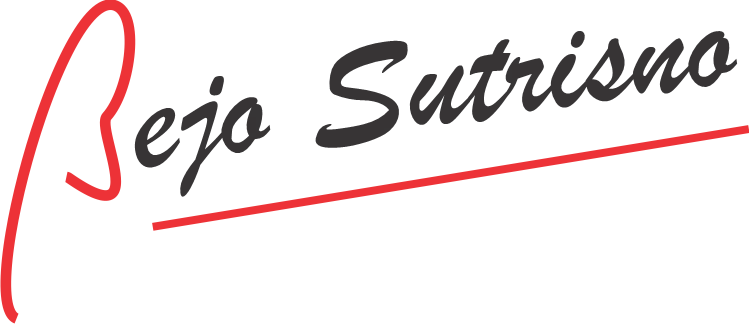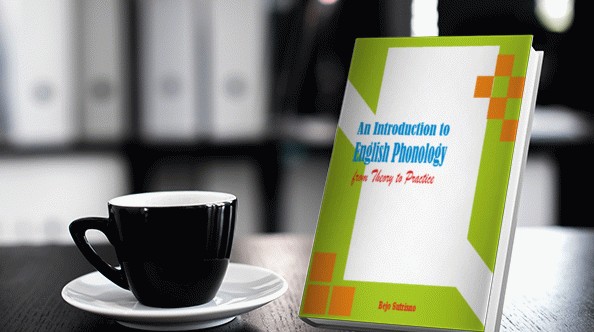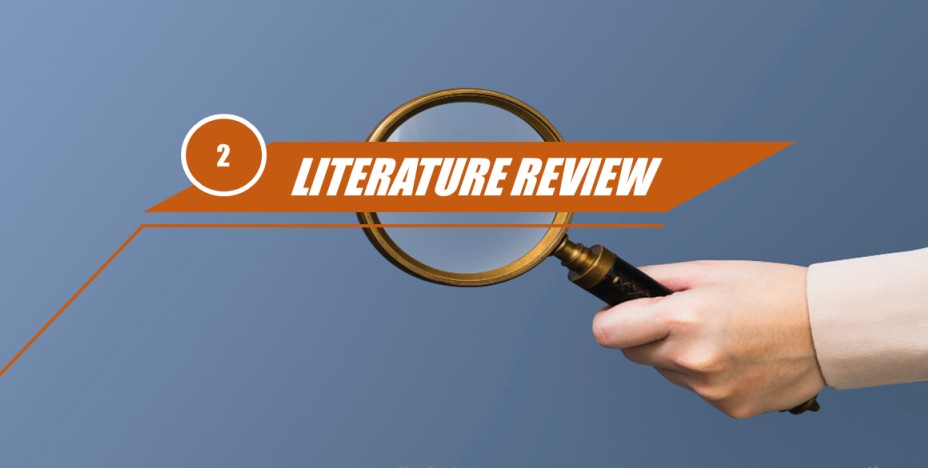Nonactive Complements
Up this point, we have considered clauses that consist of a subject, a verb, and various types of complements. Depending on the verb, there may be a direct object, an indirect object, or an oblique complement. In addition, there may be adjuncts, phrases that are fully optional with any verb. This description covers sentences like the following, in which the complements are bracketed:
(1) a. Mary saw [Harry].
- John offered [a peanut] to the monkey] yesterday
- The big boy ran [to town] very slowly.
- Julie will come on time.
- He wept.
In the following examples, the nonactive examples are bracketed:
(2) a. My green pencil is [long].
- The boy seemed [unusually large].
- Heidi became [sick] at the circus yesterday.
(3) a. Maria is [a happy woman].
- Reagan was [the president of USA] from 1981 to 1989.
- She became [one of the most influential people in the world].
(4) a. A trapeze artist will be [at the circus].
- Joan is [here] now.
- John is [on time] yesterday.
- The party is [tomorrow].
- That artichoke is [mine].
- This spud’s [for you].
Each clause contains a verb such as be, became, or seem, followed by some phrases such as an AP, NP, PP, or AdvP. Clearly, these extra phrases are not objects, which are always NPs. Yet, they are complements, since these verbs cannot occur without them.
(5) a. *My green pencil is.
- b. *She became.
- c. *The boy seemed.
Many examples have more than one phrase after the verb, but all except the firstare optional and therefore are adjuncts.
(6) a. Heidi became sick (at the circus) (yesterday).
- b. Reagan was the president of the US (from 1981 to 1989).
- c. Joan is here (now).
- d. John was on time (yesterday).
4.2 Nonactive verbs
In most languages, only a small number of verbs can take nonactive complement. Let’s call them NONACTIVE VERBS. Such verbs may take only some of the affixes from the `ordinary` ACTIVE VERBS, or they may take only some of the affixes that are used with active verbs.
Nonactive verbs often have little meaning. The least meaningful is be, which can be described simply as a `grammatical equals sign`, since it expresses a close identification of the subject with the complement. Many languages have a verb meaning `be`, and when they do, it has a special name: a COPULA. When a language has a copula, it is usually the most common nonactive verb.
4.3 Actions versus states
NONACTIVE CLAUSES (clauses with nonactive complements) generally have meanings that are different from the clauses we’ve seen so far. The difference between an action and a state is that an action refers to a situation that changes over a relevant period of time, whereas a state refers to a situation that does not change over the relevant period.
Action: The truck crashed through the store window.
State: The driver was drunk.
During the relevant time period (a few moments), both the truck and the window underwent significant changes, but the driver’s state of inebriation did not change.
Normally languages use different clause structures and different verbs to express actions and states. That is, languages generally make a distinction in form between active and nonactive (sometimes called STATIVE) clauses and verbs. For example, consider become; although it expresses an action (i.e., a change of state), it takes many of the same complements as clear cases of nonactive verbs like be and seem. Hence, we classify it as a nonactive verb.
Let’s consider such clauses in more detail, starting with different types of nonactive complements.
4.4 Adjectival complements
Adjectival complements (complements that are adjective phrases) typically express an abstract quality of the subject.
Martha seems [pensive].
That outhouse is [almost too repulsive].
The function of adjective phrases as complements is almost the same as their function as modifiers within a noun phrase. The difference is that, within a noun phrase, adjectives are used only to identify what the noun phrase refers to; in adjectival complement they provide new information about the subject.
One type of clause has the meaning that we might expect with an adjectival complement, but there is no overt copula.
The food is spoiled.
I am sick.
The food was spoiled.
I was sick.





